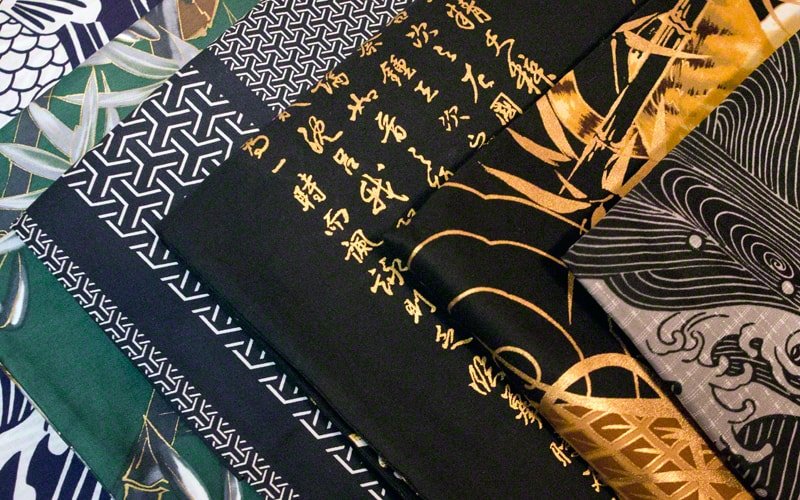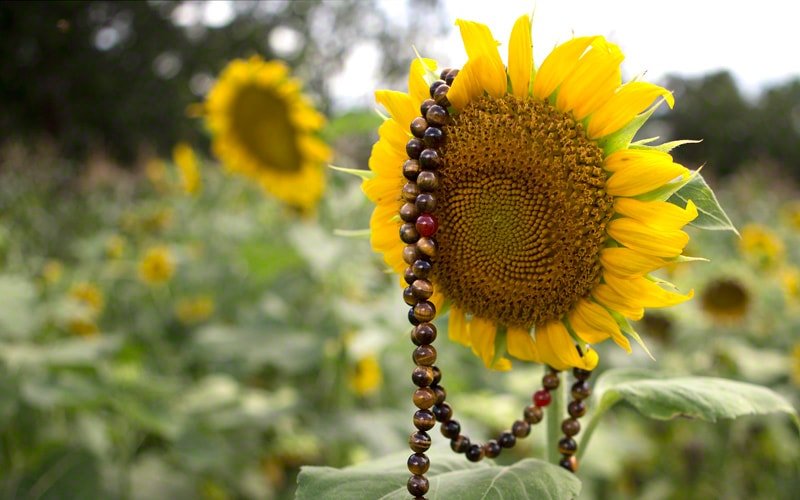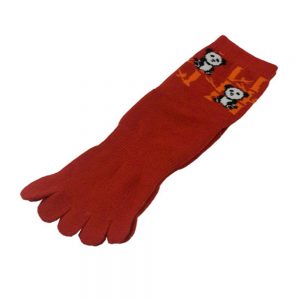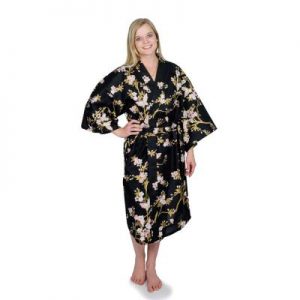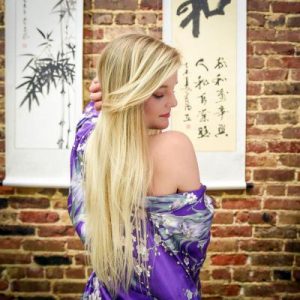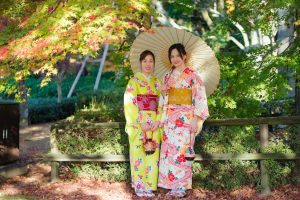If you’re a fashion enthusiast, online shopper, or someone who loves Japanese culture, you know the joy of finding the perfect kimono or yukata. But what can make this experience even better? Free shipping! At Chopa, we’re committed to making your shopping experience as seamless as possible, including offering straightforward free shipping. Read on to learn how you can take advantage of this fantastic offer.
Why Choose Chopa for Your Kimono and Yukata Needs?
Before we get into the nitty-gritty of our free shipping policy, let’s talk about why Chopa is the best place to shop for your kimono and yukata. We offer a wide range of high-quality, authentic Japanese garments that cater to different tastes and preferences. Our collection includes everything from traditional kimono to modern yukata, ensuring that you’ll find something that suits your style.
Simple & Easy Free Shipping
We believe in keeping things simple and straightforward for our customers. That’s why we offer free shipping on all orders of $75 or more, anywhere in the USA. No gimmicks, no games—just plain and simple free shipping. There’s no need to hunt for a coupon or enter a special code; our system will automatically apply free shipping at checkout if your order qualifies.
How It Works
- Browse Our Collection: Take your time to explore our wide range of kimono and yukata. Whether you’re looking for something traditional or modern, we’ve got you covered.
- Add to Cart: Once you’ve found your favorite pieces, add them to your cart. Remember, your order needs to total $75 or more to qualify for free shipping.
- Checkout: When you proceed to checkout, our system will automatically display the free shipping option if your order meets the criteria. No need to worry about entering any codes or coupons.
Quick and Reliable Shipping
At Chopa, we don’t just promise free shipping; we also ensure that your order reaches you quickly. We offer quick shipping within one day of placing your order. Unlike some competitors who claim to offer quick shipping but only ship three days a week, we are committed to getting your order out as soon as possible.
Why Free Shipping Matters
Free shipping is more than just a nice perk; it’s a significant factor that can enhance your overall shopping experience. Here’s why:
- Cost Savings: Shipping fees can add up quickly. Free shipping means you get more value for your money.
- Convenience: Knowing that shipping is free makes the shopping process smoother and more enjoyable. You can focus on finding the perfect item without worrying about additional costs.
- Trust: Our straightforward free shipping policy reflects our commitment to honesty and transparency. We want you to shop with confidence, knowing there are no hidden fees or surprises.
Frequently Asked Questions
Do I need a coupon for free shipping?
No, you don’t need a coupon. If your order totals $75 or more, free shipping will be automatically applied at checkout.
How quickly will my order ship?
We offer quick shipping within one day of your order being placed. Beware of competitors who only ship three days a week and claim to offer fast shipping.
Is free shipping available for international orders?
Currently, our free shipping offer is limited to orders within the USA.
Getting free shipping on your kimono and yukata has never been easier. At Chopa, we aim to make your shopping experience as enjoyable and straightforward as possible. With our wide range of high-quality garments, easy free shipping policy, and quick delivery, there’s no better place to shop for your Japanese fashion needs.
Ready to start shopping? Visit Chopa now and explore our collection of kimono and yukata. Don’t forget, orders of $75 or more qualify for free shipping!

